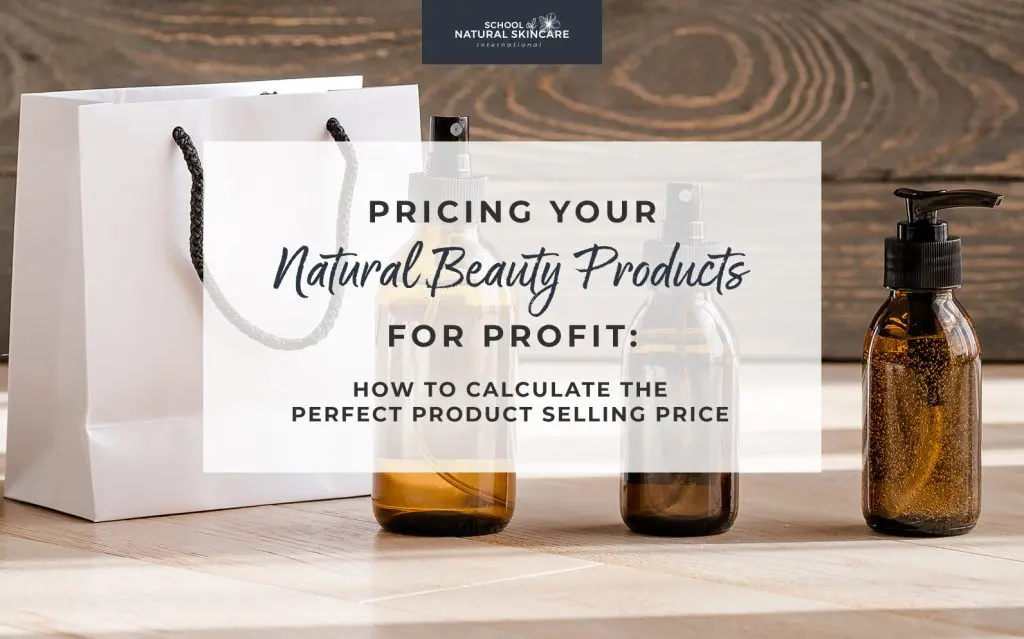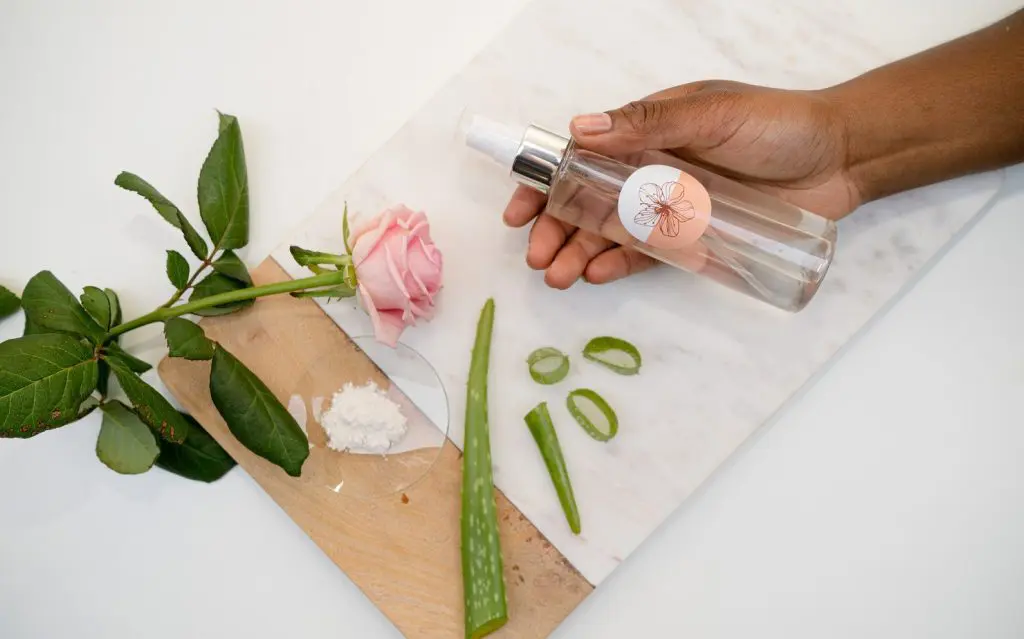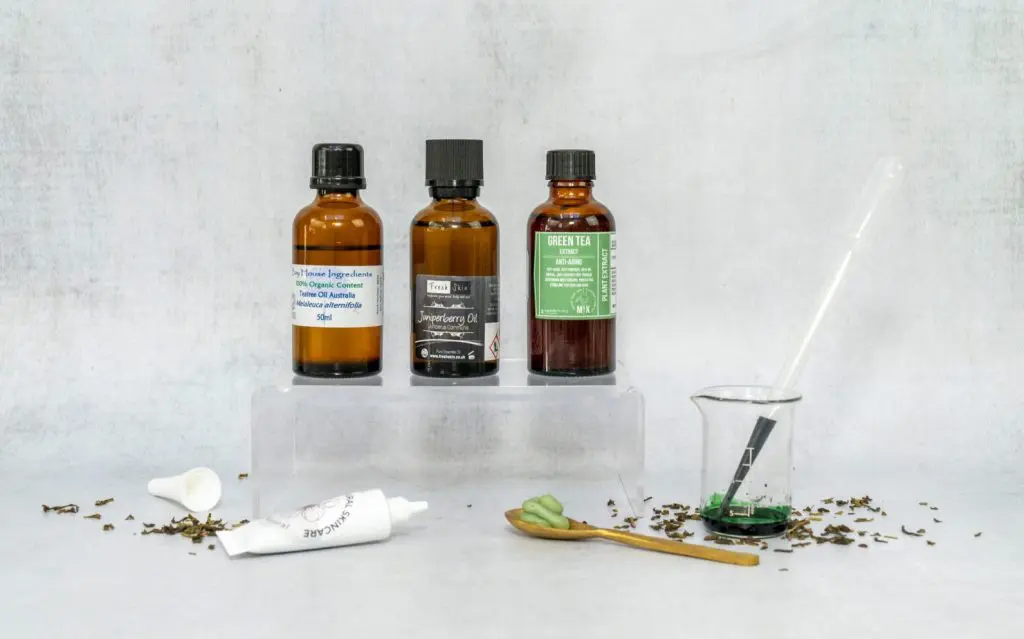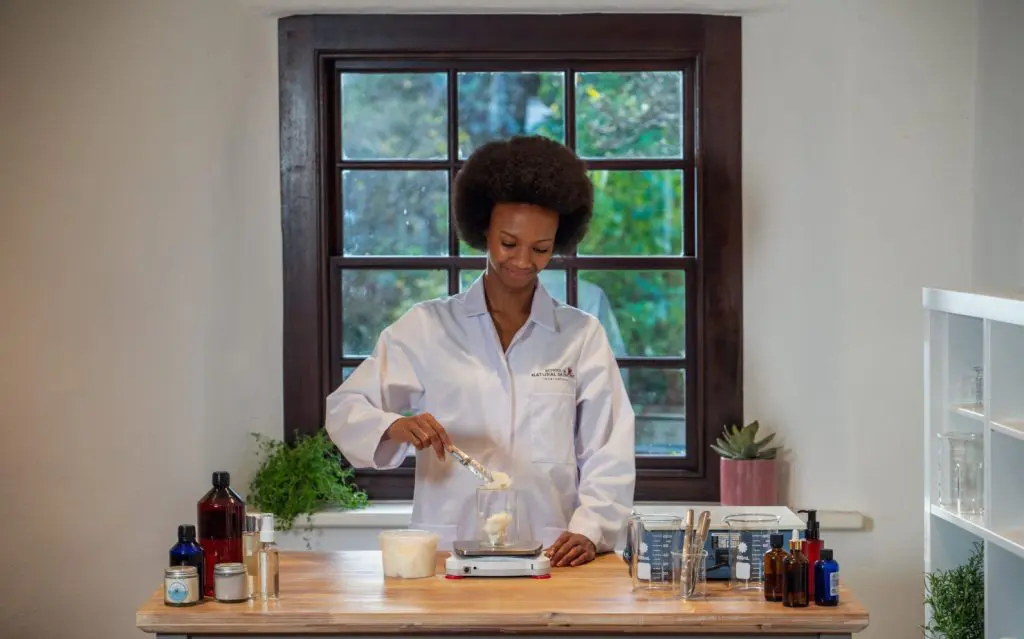The decision on how to price your beauty product is a tough one.
You’ve spent your precious time, effort and money perfecting your natural and organic beauty products. The images look amazing, and they work wonderfully, but you’re unsure of pricing your natural beauty products for profit.
In this detailed blog, we describe how to price your skincare products and explain why pricing handmade skincare products for profit is critical. We finish by outlining some pricing strategies for custom skincare products that will provide the profits you need to grow.
The basics of how to price skincare products
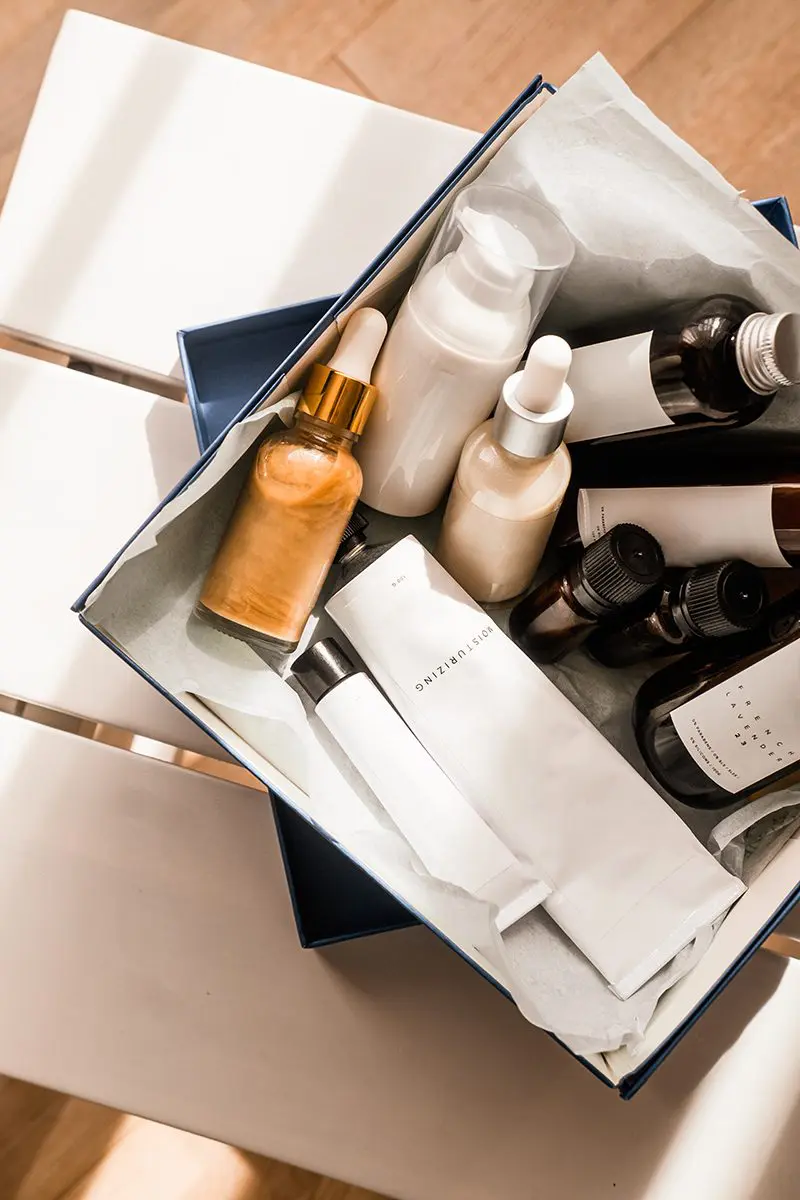
What you may not realize is that there is an array of different factors you need to consider when pricing your natural and organic skincare products, including competitor pricing analyses, the different types of cost (for example product costs, development costs) and how to calculate them, marketing and promotions, wholesale prices, sales tax, margins and retail prices.
How do you make sense of all the different aspects you haven’t even thought about before?
We can help you understand these factors and the influence they have on the bottom line. Our support will ensure you know how to price your skincare products to keep you in profit.
The Natural Cosmetic Formulation Club has a multi-module course available to all Club Members, called How to Price Your Cosmetic Products for Profit.
In this informative and thorough course we explore everything you need to know about pricing your natural and organic skincare products in a simple, easy-to-understand way.
Why are correctly priced products important?
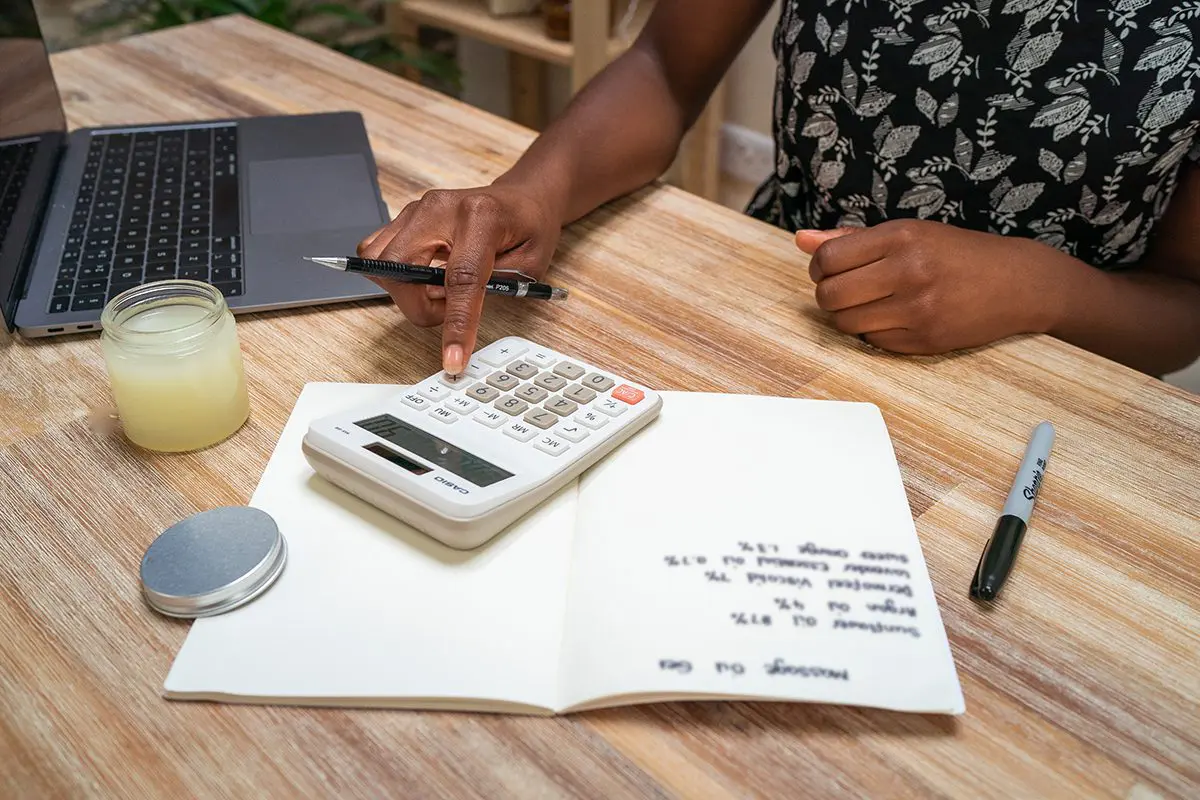
A retail price is usually expressed as a recommended retail price (RRP) and is the standard price a product is sold for in the marketplace, no matter where or from whom it is bought.
The RRP is set by you, the manufacturer, in order to standardize prices across different outlets and reduce competition on price (known as discounting). It is only recommended and cannot be legally enforced onto a retailer.
Your brand’s position in the marketplace is a culmination of everything a potential customer sees or experiences, which creates their perception of your brand in comparison to other brands.
If your brand is priced at the high end of the spectrum for the category it’s in (for example, skincare in Australia), then your target audience needs to be people who value that (for example, older women who want organic products).
Your branding needs to appeal to your target audience, your product needs to be sold where they shop, the quality of the product needs to meet their expectations and your marketing needs to reach and appeal to them.
A product’s price is much more than the sum of its parts.
Can’t I just guess my products’ prices and change them later?
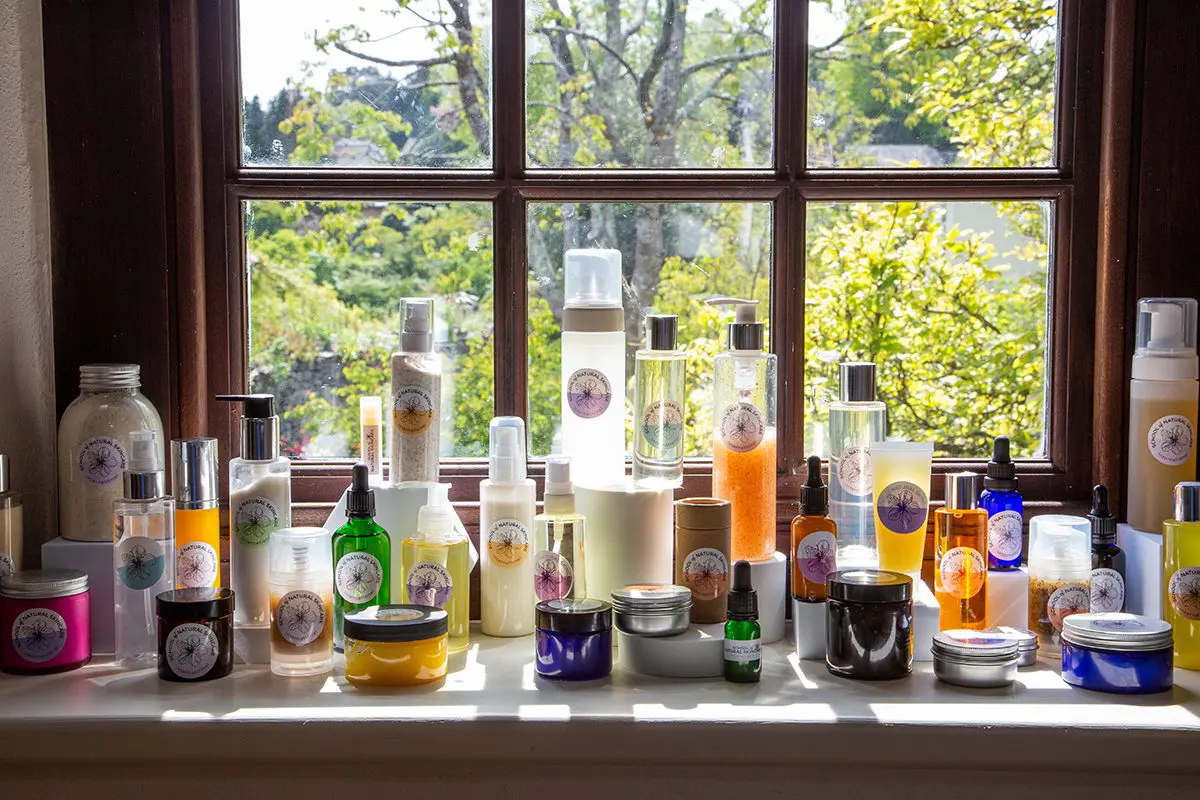
But the impact of adjusting your price after launch could have dire consequences for your brand and branding image.
If your prices are too low for your target audience or for the look and style of the branding and packaging, people will think something is off and may not trust your brand. Plus you will probably end up losing money.
If your prices are very high, but your branding, packaging or marketing does not come up to the expectation of your target audience (they do not look very professional, or they look too homemade), people will not buy them and you will have no sales.
It is important to get all of these elements of brand positioning working together in a coherent way, right from the beginning. That way you won’t have to potentially start over from scratch and have to build the brand’s reputation again.
Don’t know where to start? The How to Price Your Cosmetic Products for Profit course has four modules dedicated to teaching you how to price your products correctly from the start and to feel confident in your brand’s positioning.
What are money blocks and how do I overcome them?
A money block is a mindset, a negative belief about money that gets in the way of someone accomplishing financial success. Your personal money blocks are potentially a huge issue that can affect your ability to make money (and profit) and to price your products properly.
Perhaps you recognize some of the following in yourself:
Money blocks could be beliefs, like thinking:
- Money is bad.
- I never have enough money.
- I’m not good with money.
- I don’t deserve lots of money.
- No one has much money.
- Rich people are mean/nasty/annoying/selfish, etc.
Money blocks could show up as behaviors, such as:
- Saving and hoarding every penny.
- Taking massive risks all the time with your finances.
- Carefully considering every purchase you make.
- Being a spendaholic and not being able to hold on to any money.
- Not having a clue about how much money you have coming in or going out.
- Getting in debt a lot.
How you feel about money, earning money, charging people money, saving money, making money or spending money will directly affect how successful you will be in your business.
By working through How to Price Your Cosmetic Products for Profit you have the rational tools and the information about pricing your natural and organic skincare products. This will help you make decisions based on business, not personal beliefs.
After all, profit in its most fundamental form equals a successful business. If you fail to make a profit your business will soon fail and all the hard work, time and effort you have personally invested in it will go to waste.
Doesn’t your business deserve to thrive? Don’t you deserve to have your natural and organic beauty and cosmetic products out there, for everyone to enjoy?
How do I price my natural cosmetic products correctly?
With over one hundred beautifully designed pages of information, and two ready-to-use spreadsheets, How to Price Your Cosmetic Products for Profit is an easy-to-follow course that breaks down how to price your skincare products.
There are strategies on how to collect data from competition brands, from comparing the look and vibe of an alternate brand to a full competitor pricing analysis.
The course also includes how to implement discounts, price changes and promotions, and what you need to think about when doing so.
Retailer markups and margins are explained, as well as how to calculate both.
An entire module is dedicated to the method of calculating your total product cost, which not only includes the ingredients and equipment you use, but also the time it takes you to create those products, the graphic design costs, transport, overheads, the costs of running focus groups or conducting laboratory tests.
There are so many things to consider when calculating the cost of your products. But one of the most important things to remember is to get the pricing right, from the very beginning.
If you are interested in becoming a Member of the Natural Cosmetic Formulation Club, click here for more information.
If you are already a member and you realize How to Price Your Cosmetic Products for Profit is the answer to your pricing woes, click here and start the course today!
